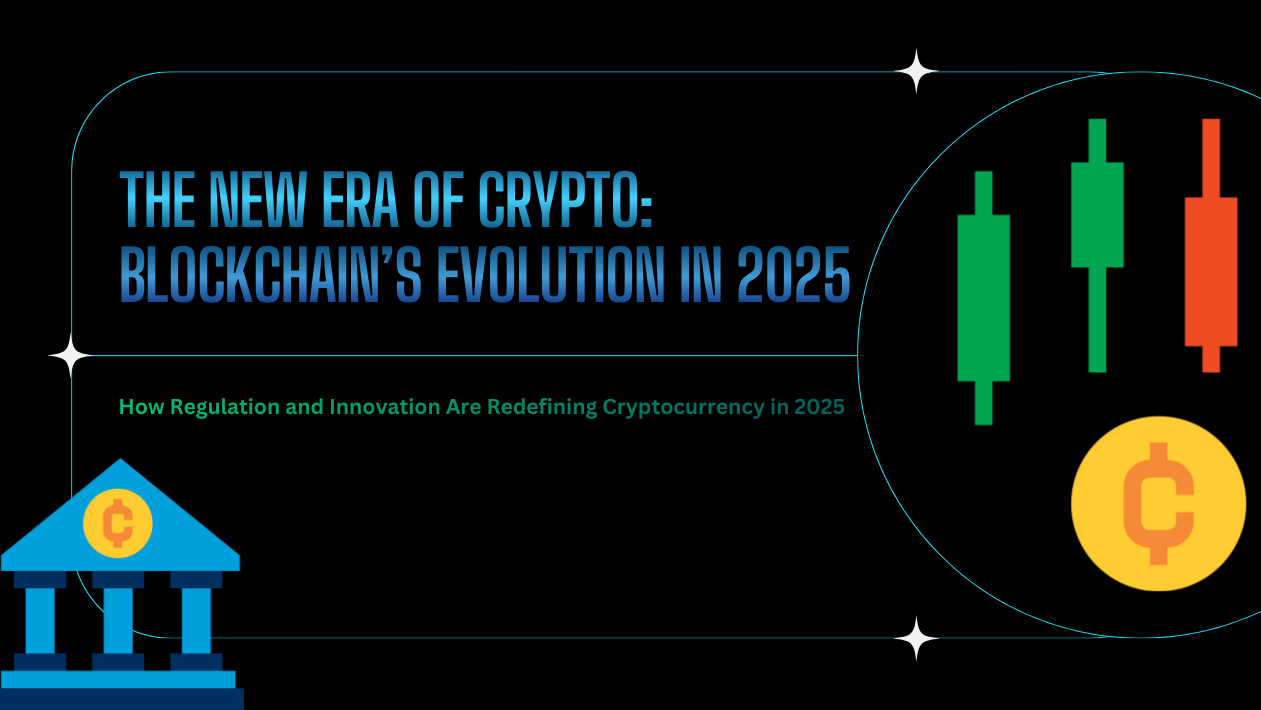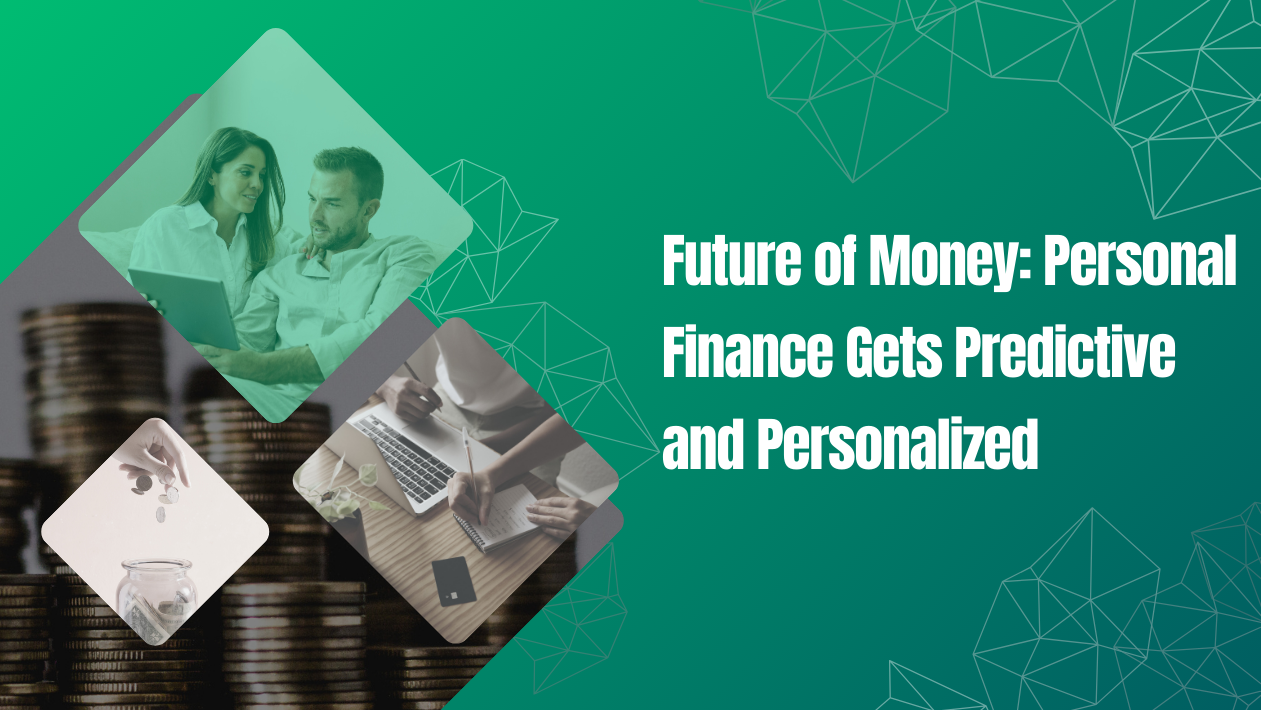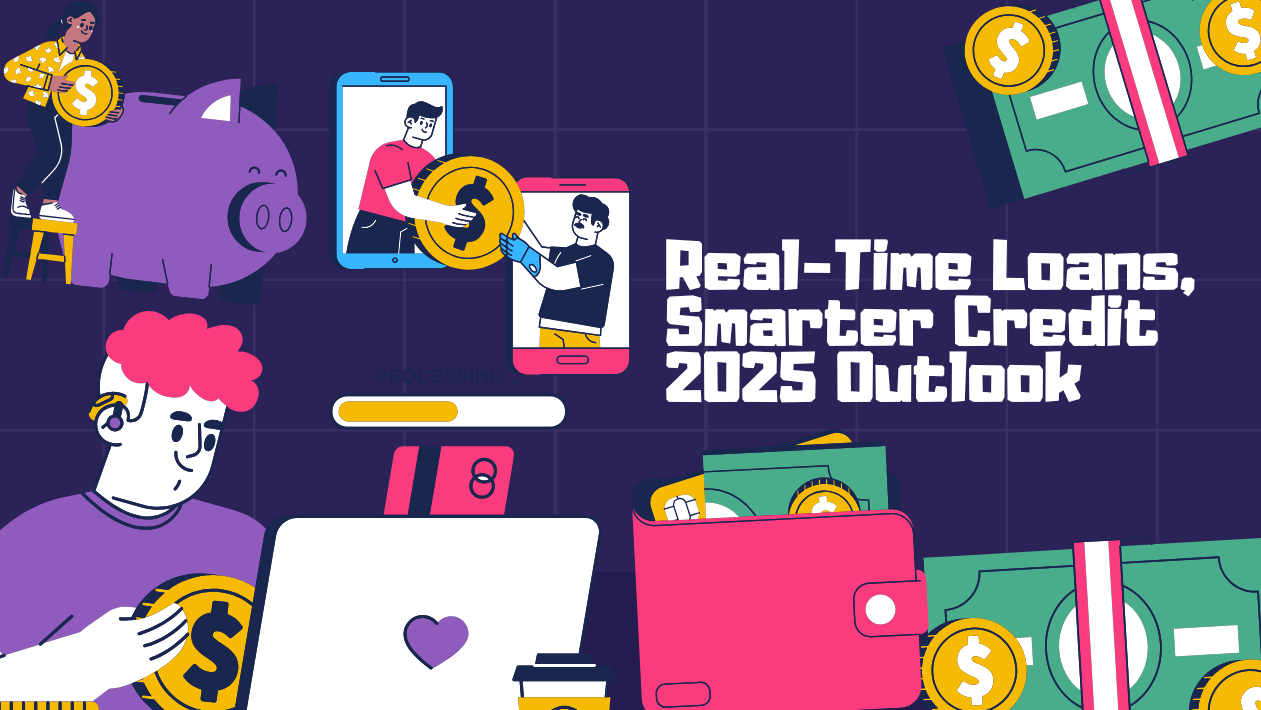In 2025, personal finance is no longer just about budgeting or saving—it’s about building financial resilience, leveraging AI-powered tools, and accessing on-demand advice that adapts to real-time life changes. With the rise of digital banks, financial wellness apps, and robo-advisors, people are taking more control over their financial futures than ever before.
According to a global survey by PwC, over 65% of adults now use at least one digital personal finance platform to manage their income, investments, savings, and credit.
AI-Powered Money Management Goes Mainstream
From apps like Mint, YNAB, and Copilot, to embedded features in banks like Chime and Monzo, AI is analyzing spending habits and providing personalized financial recommendations. Whether it’s suggesting bill negotiation, identifying unnecessary subscriptions, or optimizing credit card rewards, AI advisors now act as real-time financial coaches.
Financial Literacy Moves Into the Spotlight
Governments, employers, and fintech startups are investing heavily in financial literacy initiatives. Platforms like Khan Academy, SoFi Learn, and Credello offer free, gamified content on topics like debt management, investing, and retirement planning—designed for all ages and incomes.
In schools and workplaces, mandatory financial education programs are becoming more common, equipping people with tools to make better money decisions from an early age.
On-Demand Investing and Micro-Saving Features
With fractional investing now standard, users can buy as little as $1 worth of stock, crypto, or ETFs using platforms like Robinhood, Groww, or Public. Meanwhile, micro-saving apps like Acorns and Round-Up automatically set aside spare change, helping users passively build emergency funds.
AI-based rebalancing and goal-based investing features make long-term planning more accessible and intuitive.
Debt Management Apps Gain Traction
Amid rising interest rates and increased cost of living, debt repayment tools are in high demand. Apps like Tally, Debt Payoff Planner, and Undebt.it help users strategize the fastest way to pay off credit cards, student loans, and personal loans.
Integrated calculators show how much interest is saved with each payment decision, empowering users to stay disciplined.
Embedded Finance Offers Seamless Budgeting
More consumers now access financial services directly inside the apps they already use. For example, gig workers can now receive early wage access, tax estimates, and retirement savings options through platforms like Uber, DoorDash, and Etsy—thanks to embedded personal finance tools.
Focus on Financial Wellness and Mental Health
In 2025, financial stress is being treated as a serious wellness issue. Many employers now offer financial therapy, budget coaching, and mental health support tied to financial goals. This shift reflects a broader understanding that money impacts overall wellbeing, not just bank balances.
Outlook: A Personalized, Empowered Financial Future
With smarter tools, inclusive platforms, and an emphasis on wellness, personal finance in 2025 is about more than numbers—it’s about confidence, clarity, and control. As tech continues to evolve, the future of money management will be defined by personalization, automation, and accessibility for all.





